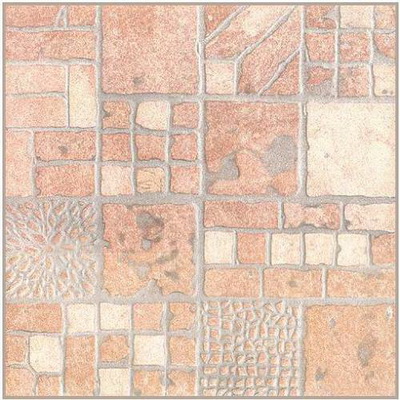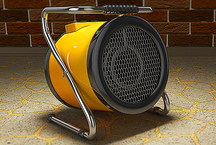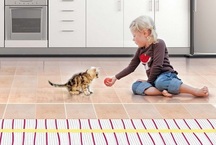
Start by counting the cash you can afford to spend on repairs. Your expenses will consist of the following main types of expenses:
- dismantling of old tiles or other flooring, as well as the existing wall decoration (this can be done independently, that is, absolutely free),
- the cost of new ceramic tiles and special "corners" to it,
- the cost of special glue
- payment for laying tile.
The next step is to measure the size of the room (or part of it) in which you are going to lay ceramic tile. To facilitate further work, make a three-dimensional drawing of the room (if you are planning to lay the tile not only on the floor, but also on the walls), marking all relevant dimensions on it.
After that, you can go to the store and begin the selection of ceramic tiles. In principle, you may need only two types of tiles: for the floor and for the walls. In some situations, a floor tile can be used as a wall tile, but it is not recommended to do the opposite, as wall tile is less durable and has a smoother face, which is traumatic (especially when water is injected) when placed on a horizontal wall. surface.
Ceramic tiles also differ in cost and manufacturing company. However, this absolutely does not mean that cheap tile will be worse in quality than its more expensive counterpart.
If the laying of ceramic tiles is planned in a residential house or apartment, then it should be remembered that the floor will not be subjected to too much abrasion or any other excessive types of load; therefore, it is better to choose tile for the floor not by thickness or brand, but by color and relief. . In turn, ceramic tile for walls in general is a purely decorative coating and, therefore, should be chosen to a greater extent according to the color scheme, while the quality of the tile can only affect the appearance of chips when it is improperly transported or laid.
Having defined the price limits that you can afford, and selecting several tile options, proceed to the development of the design project of the renovated premises. This can be done independently (many different options for the design of the premises are available on the Internet) or with the help of the staff of the store selling ceramic tiles. The three-dimensional design project, made in a special program, looks more vivid.
Choosing your favorite design, proceed to the calculation of the required number of tiles for walls and floors. This task is also easy to cope on your own, based on the dimensions of a single tile, or entrust its decision to a store employee. The tile should be purchased with a small margin (approximately 10%) in case of its damage during transportation or installation.
If you buy a tile "butt", there is a chance that you will not have enough (for the reasons listed above), and it is not always possible to purchase exactly the same tile, as ceramic tiles of even the same manufacturer, but from different lots, can differ shade color.
Do not forget to buy glue, corners, trowels and crosses together with tiles (so that the seams between the scarves are all the same size).


